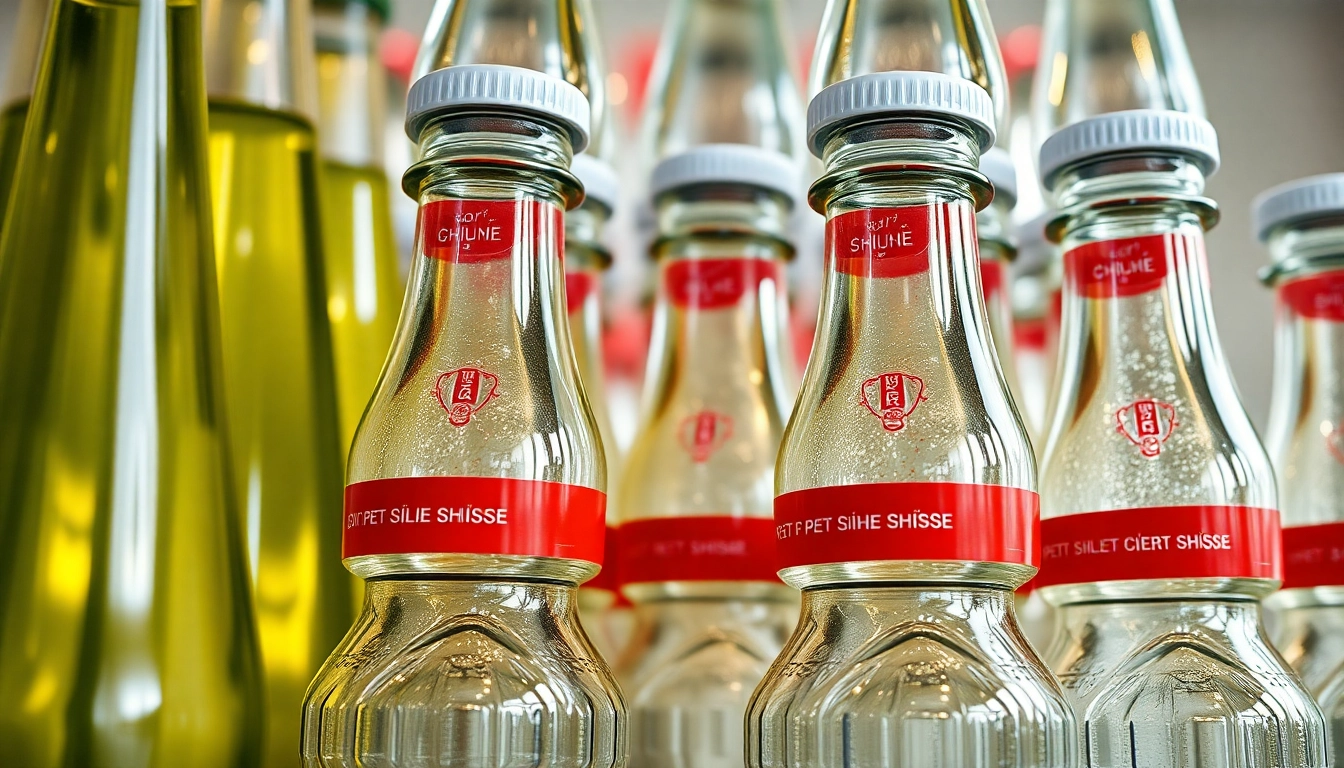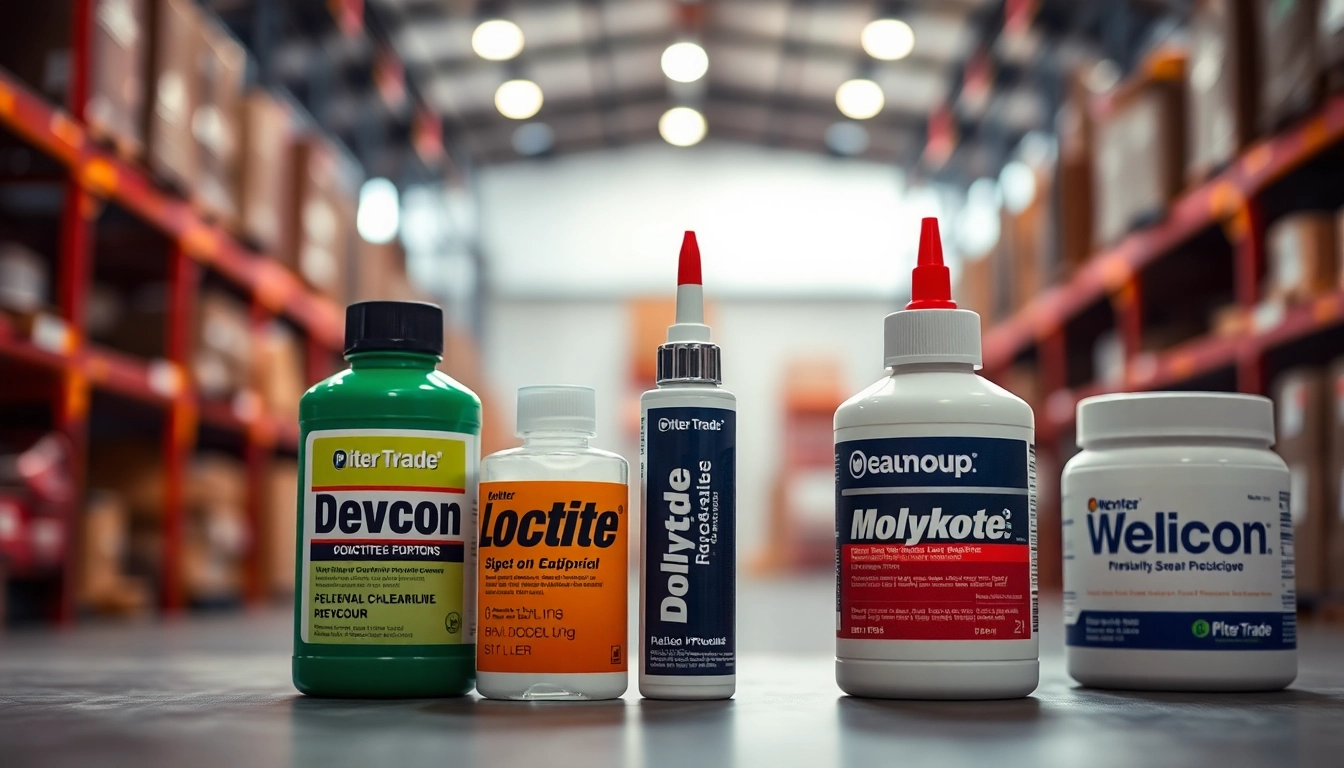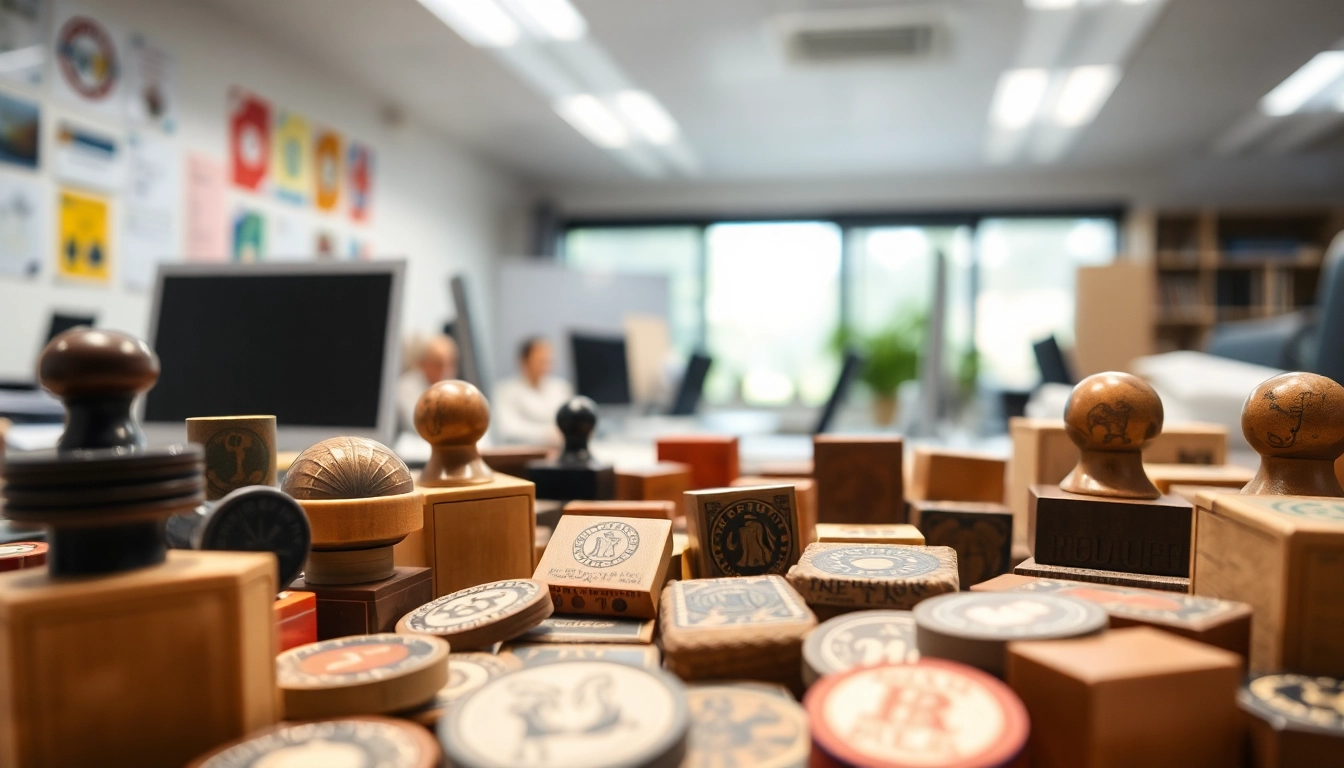Understanding Pet Şişe: Composition and Common Uses
In today’s packaging industry, pet şişe plays a pivotal role due to its versatility, lightweight nature, and cost-effectiveness. Constructed primarily from polyethylene terephthalate (PET), these bottles are ubiquitous in storing beverages, food items, and even household products. Their composition, produced through advanced manufacturing processes, ensures durability, transparency, and recyclability, making them an indispensable component of modern packaging solutions.
What is a Pet Şişe? Material Properties and Production
A pet şişe, or PET bottle, is crafted from a high-performance thermoplastic polymer known as polyethylene terephthalate. The material properties include excellent clarity, resistance to impact and moisture, and exceptional barrier qualities against gases and liquids. The production process involves the polymerization of terephthalic acid and ethylene glycol, followed by extrusion into preforms, which are then blown into final bottle shapes using blow molding techniques. This manufacturing cycle allows for mass production at a low cost while maintaining high quality standards.
Primary Uses of Pet Şişe in Food and Beverage Industry
The most common application of pet şişe is in mineral water, soft drinks, and juice bottles. Its transparency and resistance to carbonation gases preserve the freshness and flavor of beverages. Additionally, the food industry employs PET bottles for storing edible oils, condiments, and liquid pharmaceuticals. The lightweight characteristic simplifies transportation logistics, reducing costs and environmental impact.
Environmental Impact and Recycling of Pet Şişe
Despite their widespread use, pet şişe pose environmental challenges due to the accumulation of plastic waste. Fortunately, PET is highly recyclable—capable of being processed into fibers for textiles, new bottles, and industrial materials. Effective recycling programs not only decrease landfill volume but also promote sustainable practices within the industry. Companies investing in eco-friendly initiatives are increasingly focusing on collection, reprocessing, and the development of biodegradable alternatives, aligning both economic and environmental interests.
Choosing the Right Pet Şişe for Your Needs
Different Types and Sizes of Pet Şişe Explained
PET bottles come in a variety of sizes and designs tailored to specific applications. Standard sizes include 250 mL, 500 mL, 1 L, 1.5 L, 2 L, and multi-liter containers such as 5 L or 10 L. Shapes range from traditional cylindrical to ergonomic and customized forms featuring embossing, ridges, or branding elements. For industrial or bulk uses, larger containers with reinforced structures, such as cube-shaped or wide-mouth bottles, are preferred for ease of filling and pouring.
Health and Safety Standards for Pet Şişe Production
Ensuring health and safety entails compliance with international standards such as FDA, EFSA, and local regulations governing food contact materials. High-quality PET production involves the use of food-grade raw materials free of Bisphenol A (BPA) and other harmful chemicals. Manufacturers also implement rigorous quality control measures, including contamination testing, barrier assessment, and sterilization processes, to prevent microbial growth and chemical leaching during usage.
Tips for Buying High-Quality Pet Şişe
When sourcing PET bottles, always verify certification labels indicating compliance with safety standards. Examine bottle transparency, surface smoothness, and weight consistency to assess manufacturing quality. Prefer suppliers with proven track records, transparent supply chains, and environmentally conscious practices. Investing in durable, well-designed bottles enhances user experience and ensures product integrity.
Innovative Applications and Trends in Pet Şişe Packaging
Design Trends and Customization Options
The pet şişe industry is increasingly embracing innovative designs to attract consumers and boost brand recognition. Customization includes embossing logos, unique shapes, vibrant colors, and ergonomic features. Limited editions and eco-friendly labels resonate with environmentally conscious markets. Smart packaging technologies, like QR codes embedded in labels, enable interactive marketing campaigns, providing consumers with product information, recycling instructions, or promotional offers.
Eco-Friendly Alternatives and Reusable Options
As sustainability gains prominence, reusable PET bottles and alternative bioplastics are gaining market share. Reusable bottles, made with durable materials, reduce single-use plastic waste and support circular economy initiatives. Additionally, innovations in biodegradable plastics and compostable packaging materials are emerging, offering solutions that minimize environmental footprints without compromising functionality.
Future Developments in Pet Şişe Technology
Future trends point toward advanced material engineering, including nanocomposites that enhance barrier properties and heat resistance. Integration of lightweighting technologies will further reduce material usage. Meanwhile, additive manufacturing (3D printing) and digital printing techniques will facilitate rapid prototyping of customized bottles, enabling brands to respond swiftly to market demands and sustainability goals.
Cost, Fiyatlar, and Market Insights for Pet Şişe
Current Market Prices and Wholesale Opportunities
Market prices for pet şişe vary depending on size, volume, and quality. Typically, small-scale purchases cost between 0.03 to 0.10 USD per piece, whereas bulk wholesale rates can be significantly lower—sometimes below 0.02 USD per bottle when purchased in large quantities. Wholesale markets are highly competitive, with top producers offering customized solutions to large beverage companies, packaging firms, and industrial clients.
Factors Affecting Pet Şişe Pricing and Demand
Price fluctuations are influenced by raw material costs, global supply chain dynamics, environmental policies, and technological advancements. Increasing demand for eco-friendly products and regulatory pressures mandating recycling standards also impact market prices. Seasonal variations, export tariffs, and innovations in bottle design further contribute to market variability.
How to Optimize Costs When Purchasing Pet Şişe
To reduce costs, buyers should negotiate with reputable suppliers, purchase in bulk, and specify energy-efficient manufacturing standards. Building long-term partnerships and integrating recycling initiatives can also yield savings. Furthermore, investing in lightweight and durable bottles minimizes transportation and storage expenses, ultimately leading to more competitive pricing.
Branding and Marketing Strategies for Pet Şişe Products
Creating Attractive Packaging to Enhance Brand Identity
Effective branding on pet şişe involves high-quality labeling, embossing standards, and distinctive shapes. Using vibrant colors, clear typography, and appealing graphics reinforces brand recognition. Custom bottle molds can differentiate products in a crowded marketplace, making packaging an integral part of marketing strategy.
Leveraging Eco-Conscious Packaging for Consumer Loyalty
Emphasizing sustainability in packaging appeals to eco-minded consumers. Brands incorporating recycled materials and promoting recycling instructions foster positive brand perception and loyalty. Certifications such as “Made from Recycled PET” and eco-labeling can be leveraged in marketing campaigns to enhance trust and differentiation.
Case Studies of Successful Pet Şişe Branding Campaigns
Leading beverage companies have successfully launched campaigns highlighting their commitment to eco-friendliness by emphasizing recyclable PET bottles. For example, campaigns utilizing QR codes for detailed sustainability stories or offering incentives for recycling have increased consumer engagement and brand loyalty. Case studies demonstrate that integrating environmental values into branding significantly impacts market position and sales.



